Antonin Rodet Chateau de Rully blanc 1994

Product Details
Your Rating
Somm Note
Winemaker Notes

One of the most popular and versatile white wine grapes, Chardonnay offers a wide range of flavors and styles depending on where it is grown and how it is made. While it tends to flourish in most environments, Chardonnay from its Burgundian homeland produces some of the most remarkable and longest lived examples. California produces both oaky, buttery styles and leaner, European-inspired wines. Somm Secret—The Burgundian subregion of Chablis, while typically using older oak barrels, produces a bright style similar to the unoaked style. Anyone who doesn't like oaky Chardonnay would likely enjoy Chablis.

Dive into the holiday season with great value French wines from Bourgogne! If you don’t know the term, Bourgogne is the locals’ preferred word for Burgundy to highlight its winemaking heritage and culture. This prestigious wine region is home to lesser-known yet expressive Village appellations, such as Mercurey and Saint Bris. Whether it’s a dinner with friends, a family gathering, or a gift for the wine buff in your life, Bourgogne, or Burgundy wine, is perfect for any end-of-the-year occasion. Shop Burgundy wines today!
A legendary wine region setting the benchmark for Pinot Noir and Chardonnay worldwide, Burgundy is a perennial favorite of many wine lovers. While the concept of ‘terroir’ reigns supreme here—soil type, elevation and angle of each slope—this is a region firmly rooted in tradition. Because of the Napoleonic Code requiring equal distribution of property and land among all heirs, vineyard ownership in Burgundy is extremely fragmented, with some growers responsible for just one or two rows of vines. This system has led to the predominance of the "negociant"—a merchant who purchases fruit from many different growers to vinify and bottle together.
Burgundy’s cool, continental climate and Jurassic limestone soils are perfect for the production of elegant, savory and mineral-driven Chardonnay and Pinot Noir with plenty of acidity. Vintage variation is of particular importance for Burgundy wine, as weather conditions can be variable and unpredictable. In some years spring frost and hail must be overcome.
The Côte d’Or, a long and narrow escarpment, forms the heart of the region, split into the Côte de Nuits to the north and the Côte de Beaune to the south. The former is home to many of the world’s finest Pinot Noir wines, while Chardonnay plays a much more prominent role in the latter, though outstanding red and white Burgundy wines are produced throughout. Other key appellations include the Côte Chalonnaise, home to great value Pinot Noir and sparkling Crémant de Bourgogne. The Mâconnais produces soft and round, value-driven Chardonnay while Chablis, the northernmost region of Burgundy, is a paradise for any lover of bright, acid-driven and often age-worthy versions of the grape.
